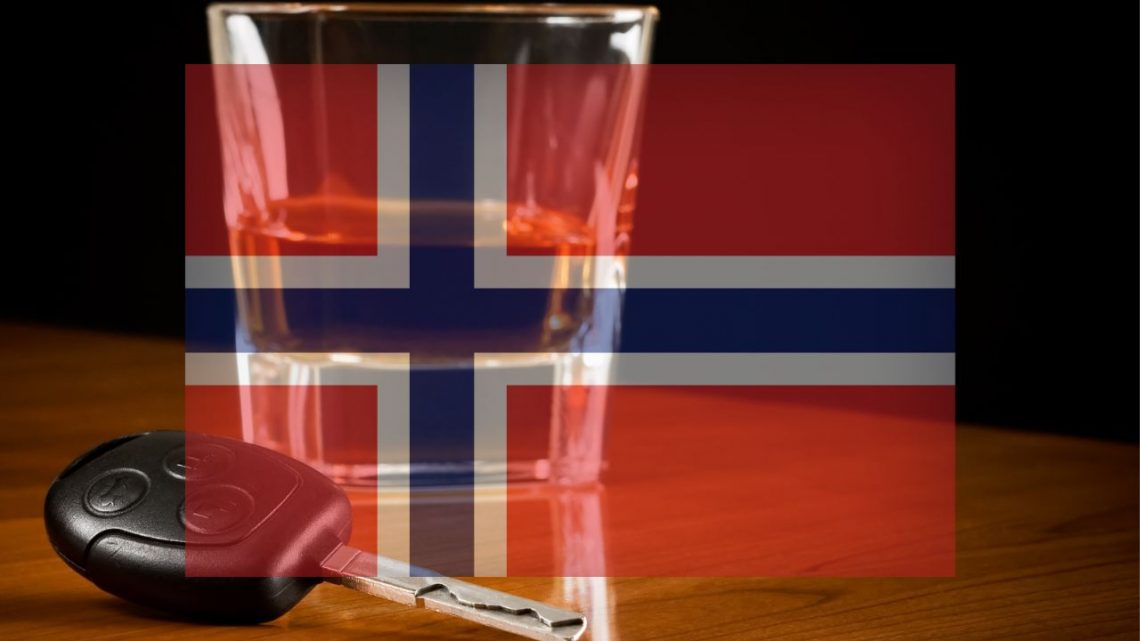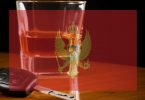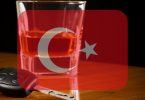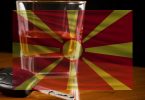In Norway, the legal limit for blood alcohol concentration (BAC) is set at 0.02%, equivalent to 0.2 grams per liter of blood, a threshold that is notably stricter than those found in many other European countries. Exceeding this BAC limit may result in significant fines, as well as criminal and administrative penalties.
What is the legal alcohol limit for driving in Norway?
In Norway, the legal alcohol limit for driving is strictly enforced to ensure road safety and reduce the risk of accidents related to impaired driving. This limit is applicable to all drivers, with specific emphasis on both commercial license holders and novice drivers, to maintain the same level of sobriety and responsibility on the roads. Here’s how the legal alcohol limit is structured across different categories of drivers:
- Regular Drivers: 0.02% BAC (Blood Alcohol Concentration)
- Commercial License Holders: 0.02% BAC
- Novice Drivers: 0.02% BAC
This uniform limit across all categories underscores Norway’s commitment to maintaining a safe driving environment and minimizing alcohol-related driving offenses.
Drink and Drive Penalties and Punishments in Norway
Norway enforces stringent penalties and punishments for driving under the influence of alcohol or drugs to ensure road safety and deter impaired driving. The Norwegian Road Traffic Act outlines specific rules and sanctions for those found driving while intoxicated. Here’s a detailed look at the consequences:
- Immediate Stop for Inspection: Drivers must immediately stop for inspection when requested by the police, ensuring compliance with road safety regulations.
- Prohibition Against Driving Under Influence: It is illegal to operate a vehicle under the influence of alcohol or any intoxicating or narcotic substance. The limit is set at a blood alcohol concentration of more than 0.2 grams per liter (g/L) or breath alcohol concentration exceeding 0.1 milligrams per liter (mg/L) of air.
- Consumption Post-Driving: Drivers are prohibited from consuming alcohol or any intoxicating or narcotic substance within six hours after driving, especially if there’s a potential for a police investigation related to their driving.
- Limits on Other Substances: The law includes graded impairment limits for 28 different illegal drugs and medications, similar to BAC limits, promoting the understanding that neither alcohol nor drugs are compatible with safe driving.
- Random Roadside Testing: Police have the authority to conduct random roadside alcohol and drug screening tests, with further evidential testing if there’s reason to believe a driver is impaired.
- Refusal to Take Tests: Refusing to undergo a test can lead to blood samples being taken by force, highlighting the seriousness with which Norway treats suspected impaired driving.
Penalties and Driving License Suspension
- For BAC of 0.21% and above: Offenders face a fine equivalent to one month’s gross salary, a criminal record, and, under certain conditions such as for novice drivers, a minimum driving ban of six months.
- For BAC of 0.51% and above: The punishment includes a minimum one-year driving ban, a fine of 1.5 months’ gross salary, and a conditional sentence of imprisonment, along with a criminal record.
- For BAC of 1.21% and above: Violators are subject to a minimum two-year driving ban, a fine of 1.5 months’ gross salary, and an unconditional sentence of imprisonment (21 days), in addition to receiving a criminal record.
- Suspicion of Substance Abuse: Authorities may withdraw a driver’s license if there’s just cause to suspect alcohol or drug abuse.
Given the severity of these penalties, it is crucial for drivers in Norway to stay informed about the latest regulations and legal limits. The government often updates these laws, so checking the official Norwegian Road Traffic Act website regularly is advisable for the most current information. This proactive approach can help drivers avoid unintentional violations and contribute to safer roads for everyone.
How can I calculate if my alcohol blood limit is legal in Norway
In Norway, maintaining a blood alcohol concentration (BAC) within legal limits is crucial for legal and safe driving. The Norwegian police employ precise methods to determine a driver’s BAC level, ensuring that those on the road adhere to the country’s strict regulations. Here’s a brief overview of how police identify BAC levels in Norway and two recommended ways to self-assess your BAC to ensure compliance.
Police Methods for BAC Determination
The Norwegian police use two primary methods for measuring a driver’s BAC: breathalyzers for initial roadside testing and blood tests for more accurate and evidential results. These tests can detect alcohol levels exceeding the legal limit of 0.02% BAC, leading to penalties for those found over the limit.
How to Check Your BAC Level
As an experienced phlebologist, I recommend two reliable methods to estimate your BAC level, helping you make informed decisions about your ability to drive safely:
- Use a High-Quality Alcohol Breathalyzer: For those seeking a convenient way to estimate their BAC, a high-quality alcohol breathalyzer is invaluable. I specifically recommend the BACtrack S80, which is available in Norway. This device offers professional-grade accuracy and is both DOT & NHTSA approved and FDA 510(k) cleared. Its reliability and ease of use make it an essential tool for drivers. Keeping one in your car can provide a quick check, helping you avoid driving impaired by giving you a clear indication of your BAC level.
- Utilize an Online BAC Calculator: Alongside professional colleagues and web developers, I’ve created a BAC calculator available online. This tool is designed to help you estimate your BAC based on factors such as the amount of alcohol consumed, your weight, and the time elapsed since drinking. It’s a practical resource for those who prefer a more analytical approach to estimating their BAC level.
Important Consideration
While both the BACtrack S80 breathalyzer and the online BAC calculator are useful tools for estimating your alcohol levels, it’s important to remember that they do not provide 100% accurate results. Environmental factors, individual metabolism rates, and the device’s calibration can all affect the readings. Therefore, these tools should be used as guides to help you make safer decisions about driving rather than definitive assessments of your legal ability to drive.
Using these methods responsibly can greatly reduce the risk of driving with a BAC above Norway’s legal limit, contributing to safer roads for everyone. Always err on the side of caution and consider alternative transportation options if there’s any doubt about your sobriety.
Ways to Avoid Driving with a High BAC in Norway
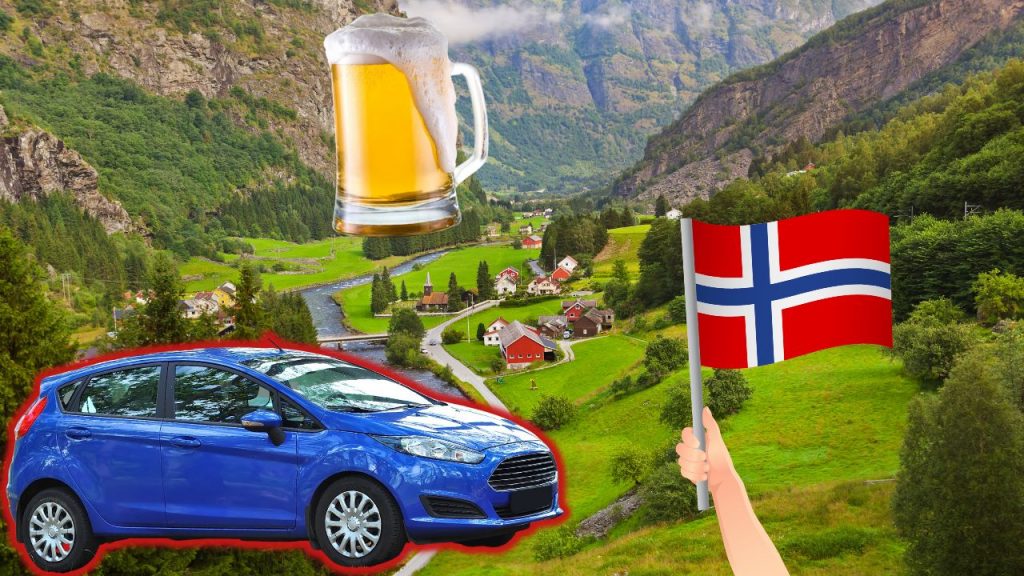
Driving under the influence of alcohol poses serious risks, not only to the driver but also to other road users. In Norway, where the legal BAC limit is set at a strict 0.02%, it’s crucial to plan ahead to ensure you’re not putting yourself or others in danger. Here are some practical recommendations to avoid driving with a high BAC:
1. Utilize Taxi Apps and Local Taxi Services
One of the most straightforward ways to avoid driving after drinking is to use taxi services. In Norway, while popular international taxi apps like Uber might have varying levels of availability, there are always local taxi companies ready to help you get home safely. For instance:
- In Oslo: Consider using Oslo Cab AS, a reliable local taxi service that can easily be booked in advance or hailed on the spot.
- In Bergen: Bergen Taxi Strandkaiterminalen offers convenient services to ensure you reach your destination safely without the need to drive yourself.
These services provide a safe and efficient alternative to driving, especially after consuming alcohol.
2. Order a Designated Driver Service
If you find yourself in a situation where you’ve driven to a location but then consumed alcohol, a designated driver service can be a lifesaver. This service involves hiring a professional driver to drive your car, ensuring both you and your vehicle get home safely. This option is perfect for those who might need their car the following day and want to avoid the hassle of retrieving it. Some examples include:
- In Oslo: Nordic Drive AS offers designated driver services that can be booked in advance or on short notice.
- In Bergen: Bergen Transfer Service AS provides a similar service, ensuring you and your car return home safely.
To find a designated driver service in your city, a simple Google search for “designated driver service” followed by the name of your city (e.g., “designated driver service Oslo”) will provide you with options.
The key to avoiding driving with a high BAC is planning. Before going out, decide on how you will return home safely. Whether it’s booking a taxi or arranging for a designated driver, having a plan in place will help you avoid making unsafe decisions. Remember, the cost of a taxi or designated driver service is always worth it compared to the risks and penalties associated with driving under the influence in Norway. Stay safe and make responsible choices to ensure you and others on the road remain unharmed.
Sticking to Drink and Drive Laws in Norway: Sad Statistics
Drink-driving is a significant issue in Norway, contributing to around 25% of all road fatalities between 2017 and 2020, with nearly half of these accidents involving alcohol-impaired drivers. This highlights the preventable nature of many road deaths, underscoring the importance of not driving under the influence.
The dangers of driving after consuming alcohol cannot be overstated, posing risks not only to the driver but also to others on the road. To mitigate these risks, it’s crucial to consider alternatives like designated driver services, taxis, or other forms of transportation if driving is necessary.
Awareness of one’s blood alcohol concentration (BAC) is essential for safe driving. Utilizing a certified alcohol breathalyzer can offer a reliable estimate, aiding in making informed decisions about driving. For the latest on drink-driving laws and safe driving practices, visiting Norway’s official website is recommended.

